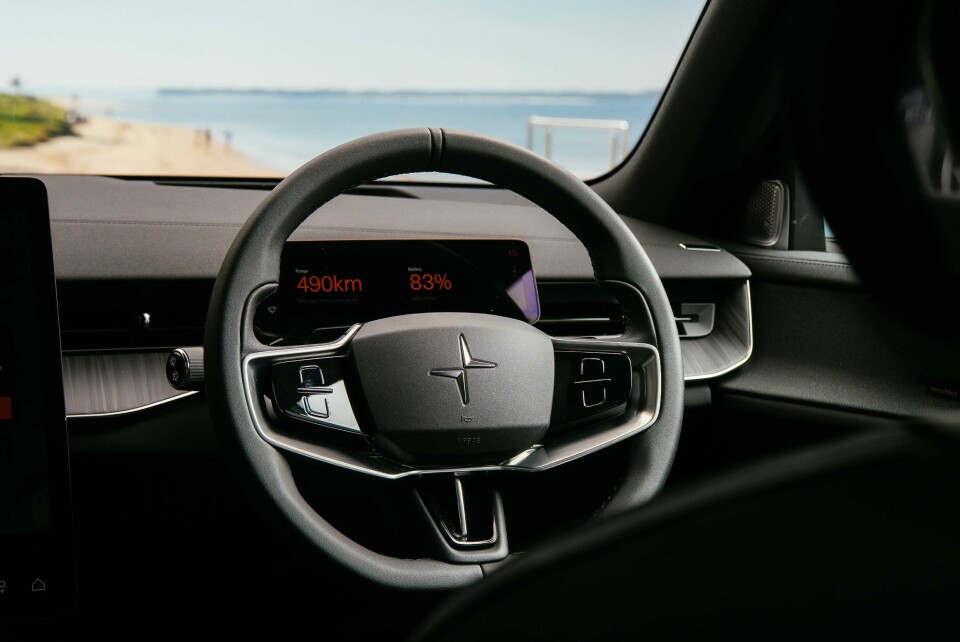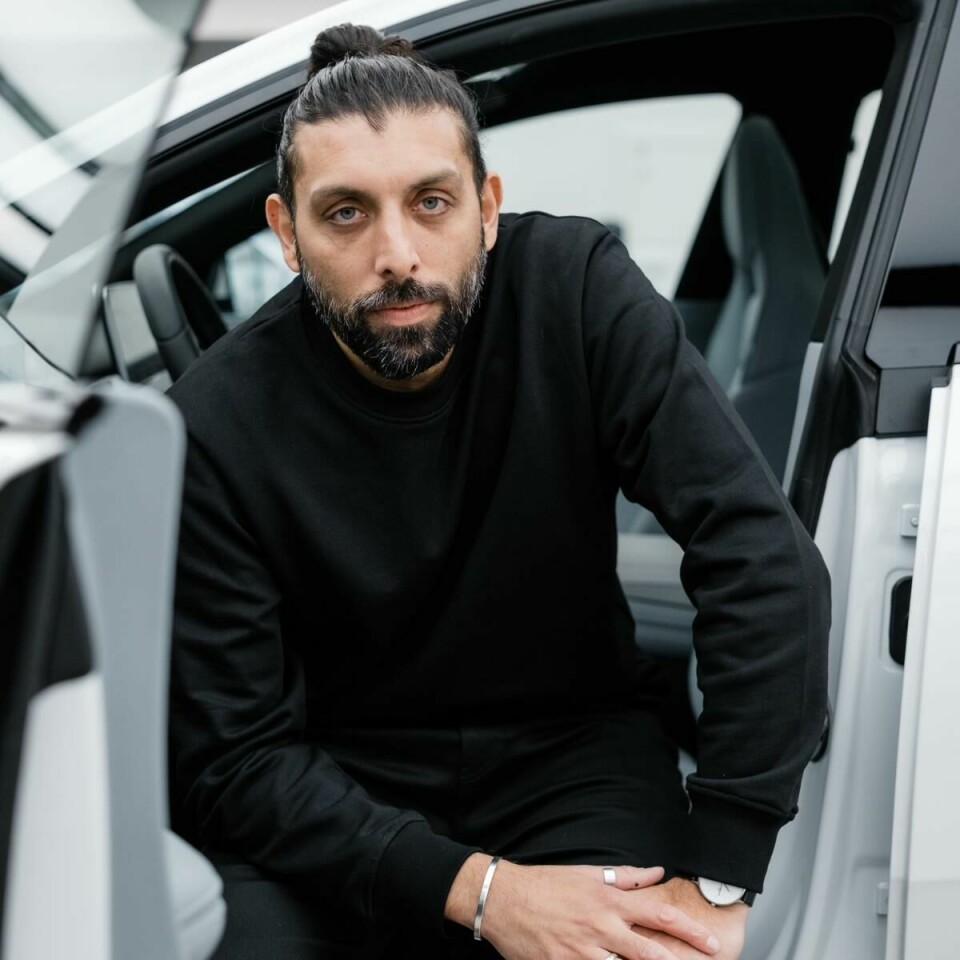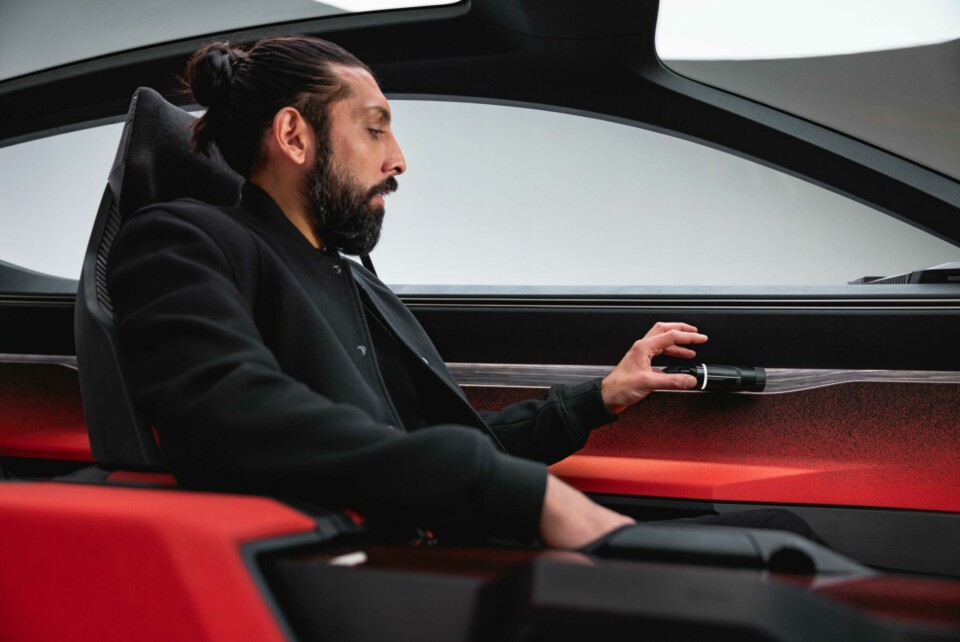
Exclusive: Sid Odedra on moving from Audi to Polestar
Following a visit to Gothenburg earlier this year and a surprise meeting with the UX specialist, CDN is now the first to report on his first few months at Polestar
When Phillip Roemers took the top design job at Polestar, succeeding the outgoing Maximilian Missoni, he clearly had a few names in mind to bring with him. One of those was Sid Odedra, the UX specialist that many will recognise alongside his former boss Marc Lichte and the various ‘Sphere’ concepts. Perhaps more recently, visitors to the London leg of SXSW Festival will have spotted Odedra on stage flying the Polestar flag.
Odedra moved to Gothenburg at the beginning of January and is based there full time. Now with feet firmly under the table, he reflects that he was drawn to the job for several reasons. “As a design-driven company, Polestar has captured my attention since its inception,” he told Car Design News exclusively. “The minimalist design philosophy, commitment to cutting-edge technology, and clear mission to make a positive impact on the world deeply resonates with me. When the opportunity arose to join the team, it was hard to resist.”

Specifically, Odedra is positioned as head of UI/UX, mirroring his title at Audi. Before that, the brit had previously spent around four years with Nio in both Germany and San Francisco in a design innovation role, leveraging earlier experience in robotics and unmanned aerial and ground vehicles. Indeed, robotics is close to Odedra’s heart, with the topic cropping up in our earlier meeting behind closed doors. Now at Polestar, he hopes to combine all of that experience.
“My background has consistently been at the intersection of design, technology, and user experience,” he says. “I bring a deep understanding of how to translate complex technical concepts into intuitive and engaging experiences.” The emerging UX space certainly fits that bill, with anecdotal evidence proving that the industry still has some way to go in finding the right balance between digital and analogue touchpoints, how to properly and safely communicate information while drivers are at the wheel, and where new opportunities lie for Automotive UX 2.0.

Speaking generally, Odedra seems to recognise that for all the advances that have been made, there is more work to do. “UI/UX is still a relatively new area within the automotive industry and there is room for improvement,” he says. “My experience of working with diverse teams to develop innovative ideas within a start-up (NIO) and an established OEM (Audi) will be invaluable, and I like to think of our topic as ‘bookends’: starting with a deep understanding of UX to inform product developments, and culminating in the design of UI where humans and technology meet.”
Joining Polestar is exciting at any time, but to do so during this transitional phase is very interesting
As we are seeing across most OEM design teams, divisions are becoming far less siloed. Odedra says he is looking forward to that element of collaboration with the rest of the Polestar design team, with the ultimate goal of “elevating Polestar’s user experience, balancing human-centric design with innovative technology to ensure interactions feel effortless while delivering experiences that are both meaningful and memorable.”
That all sounds good to us. Recent experiences – not necessarily with Polestar products, we might add – have left plenty to be desired; a tantrum may have occured on a recent press loan of one EV after a particularly convoluted set of menus for HVAC control. Whatever the vocal minority may say, the push for a software-defined vehicle continues unabated. There is no inherent ire towards this trend, but many early iterations tend to frustrate, not delight. We are excited to see fresh approaches.
Odedra joins what could feasibly be described as a new-look Polestar, with a new CEO in Michael Lohscheller and design boss in Roemers. He points out that “joining Polestar is exciting at any time, but to do so during this transitional phase is very interesting. The current challenge, and our key focus, is to discover new opportunities to evolve the brand while ensuring our output remains unmistakably Polestar. I am looking forward to contribute to this pivotal moment in the company’s journey.”
There will no doubt be plenty of exciting projects to work on, joining just as the Polestar 2 gains a new processing chip that aims to boost the performance of the car’s infotainment system. No shrinking violet, Odedra has already been on stage to promote how “a more human approach can bring back tech as a force for good.” In closing, he emphasises that although his last couple of roles have been in UX design, he ultimately views it as a much broader field and will be able to lean on what he has learned from elsewhere.
“My background in robotics, experience in design and a keen interest in emerging technologies help to forecast the impact new technologies will have on human progress,” he concludes. “The key is to deeply understand their potential to bring real value to people. With Polestar being such a high-tech brand, this is going to be interesting! You can find me in the lab…”







